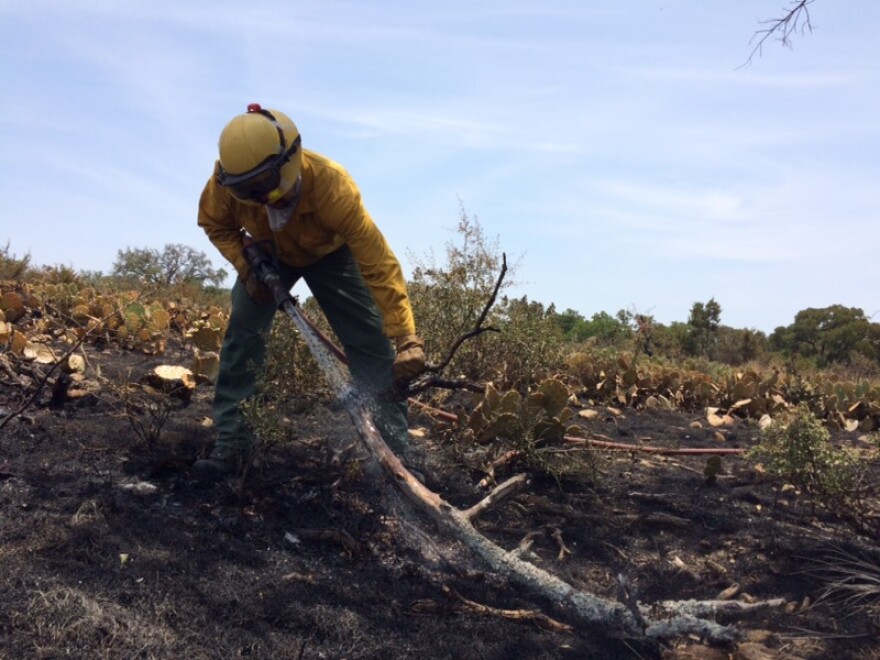The Texas A&M Forest Service is warning residents who live in the Hill Country, north and northwest of San Antonio, to take precautions to protect their homes against wildfires as hot and dry conditions continue.
The forest service reports more than 2,600 acres, including rough terrain dotted with thick rows of cedar trees, have gone up in smoke in Blanco, Burnet, and Llano Counties this week. The forest reports wildfire risks are high across the Hill Country, including communities closer to San Antonio, such as Boerne, Bulverde, Smithson Valley, and Canyon Lake.
More and more people are seeking Hill Country views and building homes in or close to thickly wooded areas, increasing the risk of property loss in wildfires, Logan Schersphel, a forest service spokesman said.
He said if you buy a home in a remote, wooded, and rugged area of the Hill Country, do not expect the level of fire protection you would have in a big city.
“People move into these areas with urban expectations that they are going to have a large fire department that can come and put fire trucks on every house and protect them, but that’s just not true when you get into these rural areas,” he said.
He said residents can do some things to protect their homes, primarily by breaking out a chainsaw and some pruning saws.
Scherspehl said there should be no large vegetation like trees, especially cedar trees, around the home.
“Removing select trees on your property within that 30 foot range will help lessen that fire intensity as it approaches your house,” he said.
He said dry cedar trees, also known as juniper trees, can provide explosive fuel to a wildfire.
“When these cedar trees torch out to where the whole canopy is involved, it makes fighting the fire very difficult because we cannot get resources cin lose enough because there is so much heat and intensity coming off of them,” he said.
He said other tree trimming strategies to help prevent or slow wildfires is to make sure the tops of trees or canopies are 30- to 100-feet away from your home and the trees are well separated. He also said to cut and remove branches from at least 6 feet off the ground should nearby brush and ground cover catch on fire first.
The forest service has personnel and firefighting equipment, including helicopters, stationed in the Hill Country this summer to help fight wildfires.
Brian Kirkpatrick can be reached at tpr.org





